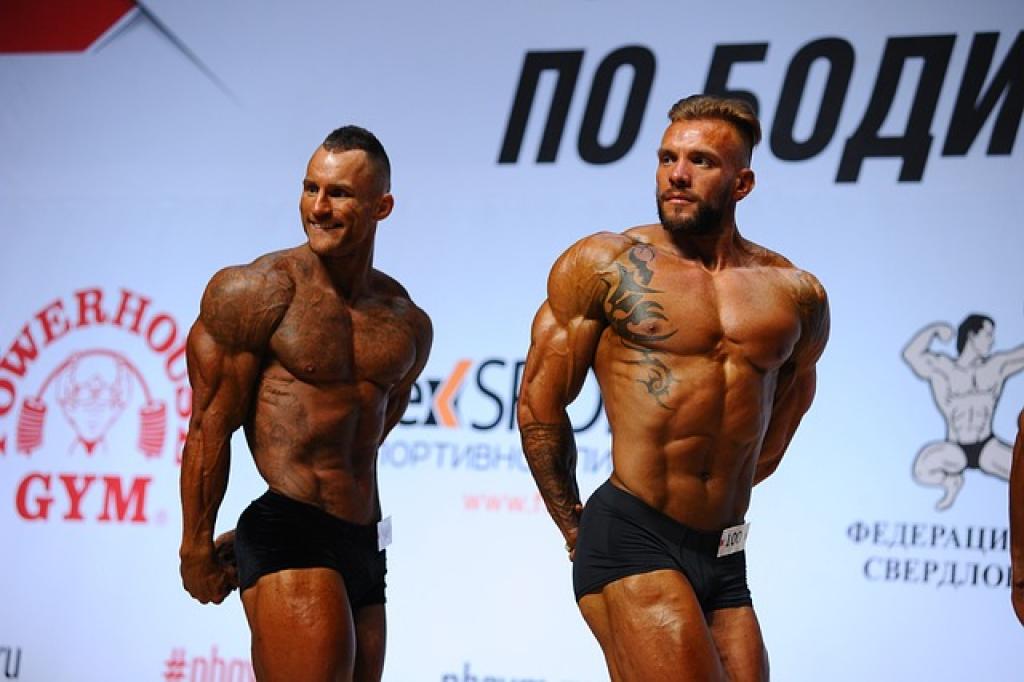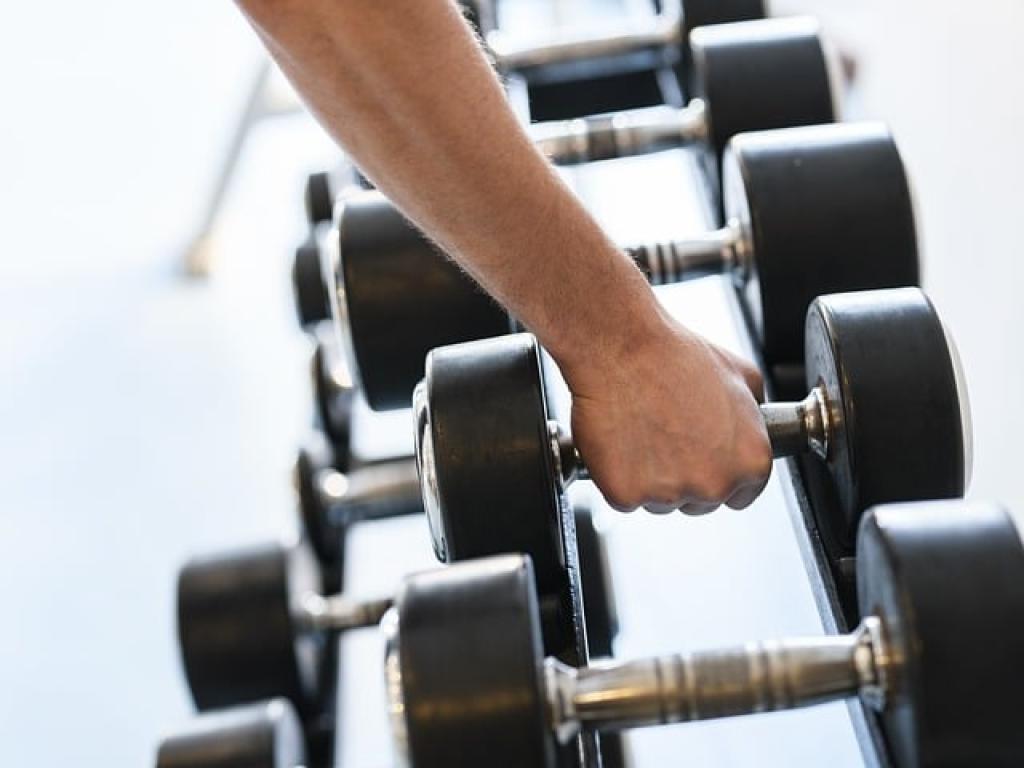They say age is just a number, but building muscle after 50 is a whole new feat. With more wisdom and experience under your belt, you also have unique challenges to consider. Gone are the days of bouncing back effortlessly; it’s time for a more thoughtful approach.
The good news? It’s entirely possible to gain strength and muscle at any age, including well into your golden years. By combining tailored exercise routines, mindful nutrition, and lifestyle adjustments, you can unlock the potential for a stronger, healthier you.
Whether you’re looking to improve your strength, boost your energy levels, or simply reinvent your fitness routine, understanding the right strategies is key. Let’s explore how to embrace this journey with techniques designed just for you—proving that it’s never too late to build the muscle you’ve always wanted.
Why Building Muscle After 50 Is Important for Overall Health
Building muscle after 50 is more than just a confidence booster—it’s an investment in your long-term health. As we age, natural muscle mass declines, leading to a host of potential issues like reduced strength, balance problems, and increased risk of falls.
Muscle is a powerful ally in maintaining a healthy metabolism. Keeping your muscle mass in check can help ward off unwanted weight gain and related conditions, like diabetes and heart disease. It’s all about optimizing your body’s engine for efficiency and resilience.
Coupled with this, preserving and building muscle supports bone density, which is critical in combating osteoporosis and sustaining mobility as we age. The stronger your muscles, the better they can support your bones, making everyday activities safer and easier.
Let’s not forget the mental health benefits. Engaging in regular strength training can boost your mood, reduce anxiety, and stave off cognitive decline. By committing to muscle health, you’re also nurturing your mental well-being.
Ultimately, building muscle is a holistic approach to enhancing your quality of life, ensuring you remain active and independent for years to come.
Key Considerations and Challenges for Older Adults Starting a Muscle-Building Journey
Embarking on a muscle-building journey after 50 comes with its own set of considerations. First up, it’s crucial to acknowledge that your body’s recovery time may differ from when you were younger. Listening to your body and taking rest days where needed is essential to avoid injury.
Tailoring Your Routine
When jumping into strength training, it’s wise to start with a routine tailored to your fitness level. Focusing on exercises that promote flexibility, balance, and core strength makes the initiation smoother and safer, setting a solid foundation for progression.
Nutrition plays a pivotal role in building muscle at this stage of life. Older adults may need increased protein intake to support muscle synthesis. Consulting with a dietitian can provide personalized dietary guidance to complement your fitness endeavors.
It’s also important to factor in pre-existing health conditions. If you’re managing chronic issues like arthritis or heart disease, consulting with a healthcare professional before kicking off your muscle-building plan is crucial for customizing a safe and effective approach.
Lastly, one of the most common challenges is mindset. Staying motivated and patient with gradual progress can be daunting. Setting realistic goals and tracking achievements, no matter how small, can keep you driven and engaged on this rewarding journey.

Effective Nutrition Strategies to Support Muscle Growth in Older Bodies
Fueling your body with the right nutrients is key to enhancing muscle growth, especially as you age. Prioritizing protein intake is crucial, as protein helps repair and build muscle tissues. Incorporating lean meats like chicken and fish, or plant-based options such as beans and lentils, into your meals can make a significant difference.
Importance of Hydration and Micronutrients
Don’t underestimate the power of staying hydrated. Proper hydration supports overall muscle function and recovery, ensuring your efforts in the gym don’t go to waste. Adding a squeeze of lemon to your water or a pinch of salt can enhance absorption and keep you refreshed.
Older adults should pay special attention to micronutrients, like calcium and vitamin D, which are vital for bone health. Foods rich in these nutrients, such as dairy products and fortified plant milks, can bolster your bone density efforts alongside muscle building.
Carbohydrates are another essential component of your diet. They provide the energy needed for effective workouts. Opt for complex carbs like whole grains and sweet potatoes to sustain energy levels throughout your sessions.
Lastly, consider portion control. As metabolism slows with age, balancing your calorie intake with your activity level can help maintain muscle without unnecessary weight gain, making your muscle-building journey both effective and sustainable.
Best Exercises and Workout Routines for Safely Building Muscle in Your 50s and Beyond
Diving into muscle building in your 50s can be both exciting and rewarding. The key is to focus on exercises that are not only effective but also safe. Start with compound movements like squats, lunges, and push-ups, which engage multiple muscle groups and maximize efficiency.
Incorporating Resistance Training
Resistance training is your best friend for muscle growth. Consider incorporating free weights, resistance bands, or even body-weight exercises at least two to three times a week. These routines help boost your strength and enhance muscle definition without overwhelming your joints.
Don’t forget about balance and flexibility exercises such as yoga or Pilates. These can improve your range of motion and prevent injuries, keeping you on track with your muscle-building goals. They’re especially beneficial as they address crucial aspects of fitness often overlooked with age.
Mixing in low-impact cardio, like walking or swimming, can complement strength training by maintaining cardiovascular health and aiding in recovery. Aim for around 150 minutes of moderate aerobic activity per week.
Finally, remember to listen to your body and scale your workouts according to your comfort and fitness level. Gradually increase intensity as you gain strength, ensuring your exercise routine remains challenging and enjoyable.
The Role of Rest and Recovery in Muscle Building After 50
Rest and recovery are often underestimated components of a successful muscle-building regimen, especially as you age. Giving your body adequate time to recuperate after workouts is crucial for muscle repair and growth. Remember, it’s during rest periods that muscles actually get stronger, not while lifting weights.
Incorporating rest days into your routine helps prevent overtraining and reduces the risk of injury. Aim for at least one to two complete rest days each week to let your muscles recover properly. Even on active days, listening to your body and scaling back when you feel fatigued can make a remarkable difference.
Quality sleep is another pivotal aspect of recovery. While many adults struggle with sleep issues as they age, aiming for seven to nine hours of restful sleep can enhance recovery and support muscle metabolism. Consider establishing a relaxing bedtime routine to enhance sleep quality.
Active recovery activities, such as gentle stretching or light walking, can also play a vital role. They help maintain blood flow to muscles, aiding in the removal of waste products and delivery of nutrients. Embracing these recovery principles can enhance your overall results, leaving you stronger and ready to tackle the next challenge.
Maintaining Long-Term Muscle Health and Strength for Aging Adults
As you continue to build muscle into your 50s and beyond, prioritizing long-term health and strength is paramount. Consistency in your workouts is key. Regularly challenging your muscles keeps them engaged and helps slow the natural decline in muscle mass that comes with aging.
Incorporating variety into your routine can ward off monotony and target different muscle groups. Alternating between various exercises and activities not only keeps you motivated but also ensures balanced muscle development and reduces the risk of overuse injuries.
Periodic assessments of your fitness goals and progress are vital in maintaining motivation. Tracking your achievements and setting new targets keeps your journey dynamic and fulfilling. This proactive approach adapts to changing capabilities and encourages lifelong engagement.
Additionally, fostering a support network, whether friends, family, or fitness communities, can enhance both accountability and enjoyment. Sharing experiences and celebrating milestones together makes the fitness journey more rewarding and sustainable.
Lastly, continue prioritizing nutrition, rest, and active recovery. These components are the backbone of long-term muscle health. By maintaining a balanced lifestyle, you can enjoy the benefits of strength and vitality for many years, proving that age truly is just a number.
The Bottom Line: Sustainable Approaches to Building Muscle After 50
Reaching your 50s doesn’t mean it’s time to slow down. On the contrary, it’s a wonderful opportunity to focus on strength and health, leveraging your life experience to fuel your fitness journey. Adopting sustainable habits is the key to building and maintaining muscle well beyond your 50s.
Start by embracing a balanced routine that combines effective strength training with adequate rest and recovery. Tailoring workouts to suit your individual needs and listening to your body can prevent injury and promote consistent progress. Remember, it’s not just about lifting heavier but lifting smarter.
Nutrition plays a fundamental role in supporting muscle growth. Prioritize proteins and a balanced intake of calories to match your activity level, ensuring your body gets the fuel it needs for optimal performance. Hydration and micronutrients shouldn’t be overlooked, as they underpin your overall health and vitality.
Beyond physical exercise and diet, maintaining a positive mindset and setting realistic goals can significantly enhance your journey. Periodically reflecting on your achievements, no matter how small, keeps you motivated and celebrates your progress. It’s a journey, not a sprint, so patience is essential.
Lastly, create a supportive environment. Whether it’s friends, family, or a fitness community, sharing your journey with others can boost morale and accountability. Embrace the challenges and triumphs together.
In essence, building muscle after 50 is about cultivating a lifestyle that harmonizes physical activities, nutrition, recovery, and mindset. With these sustainable approaches, you’ll not only improve your strength but also enrich your overall quality of life, proving that age is just a state of mind. So, lace up those sneakers, pick up those weights, and embark on this empowering journey to a fitter, stronger you.

No responses yet